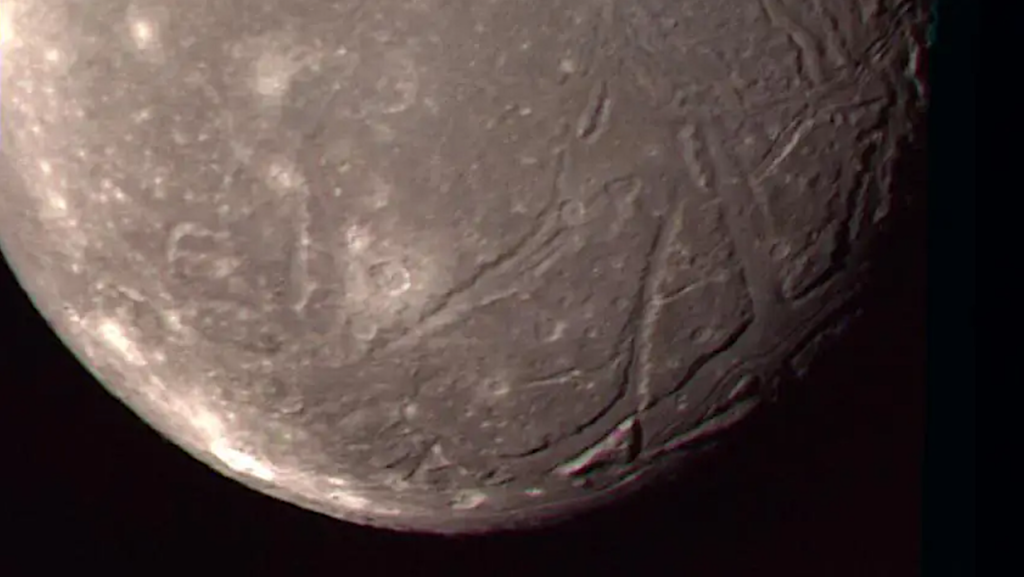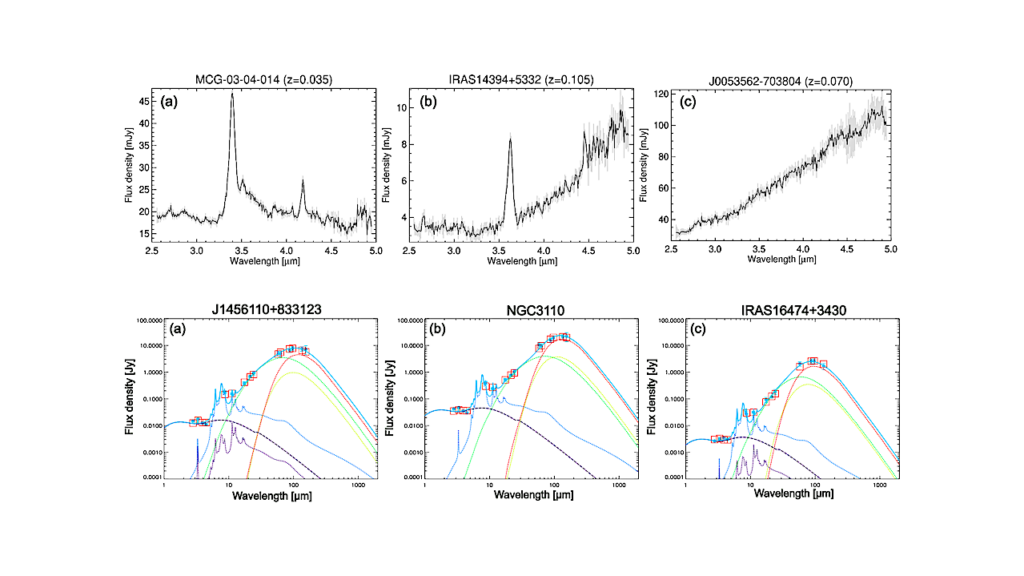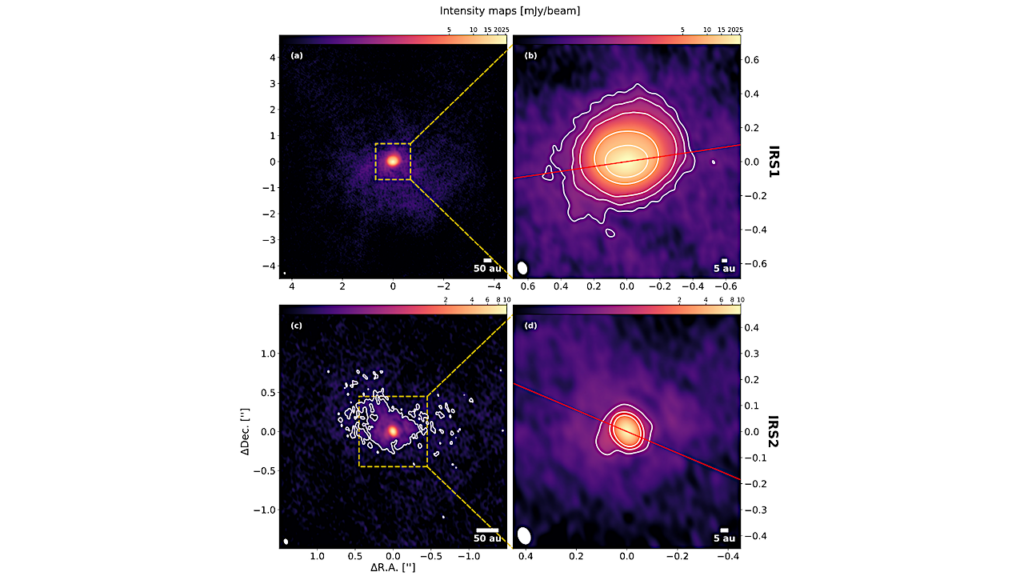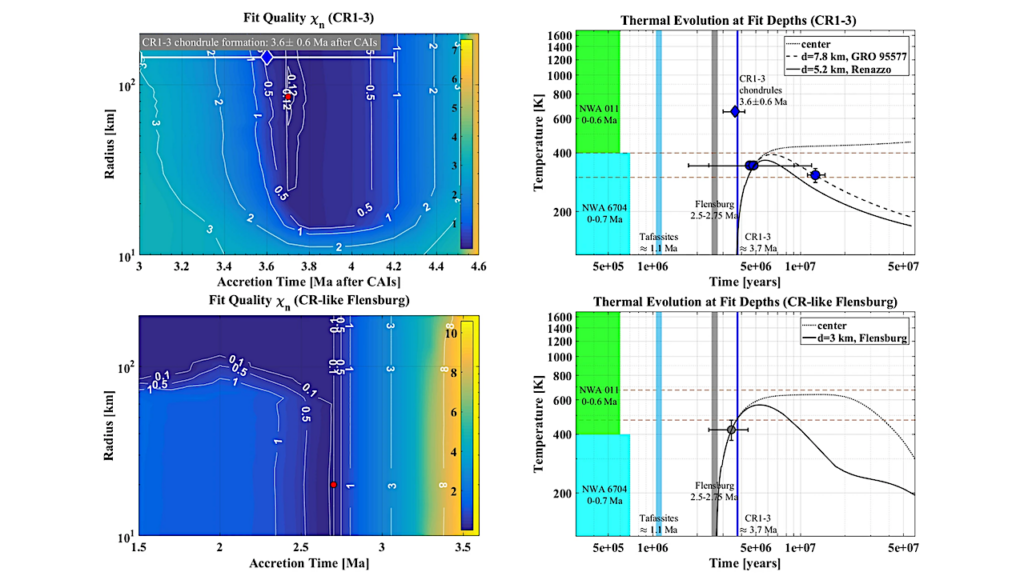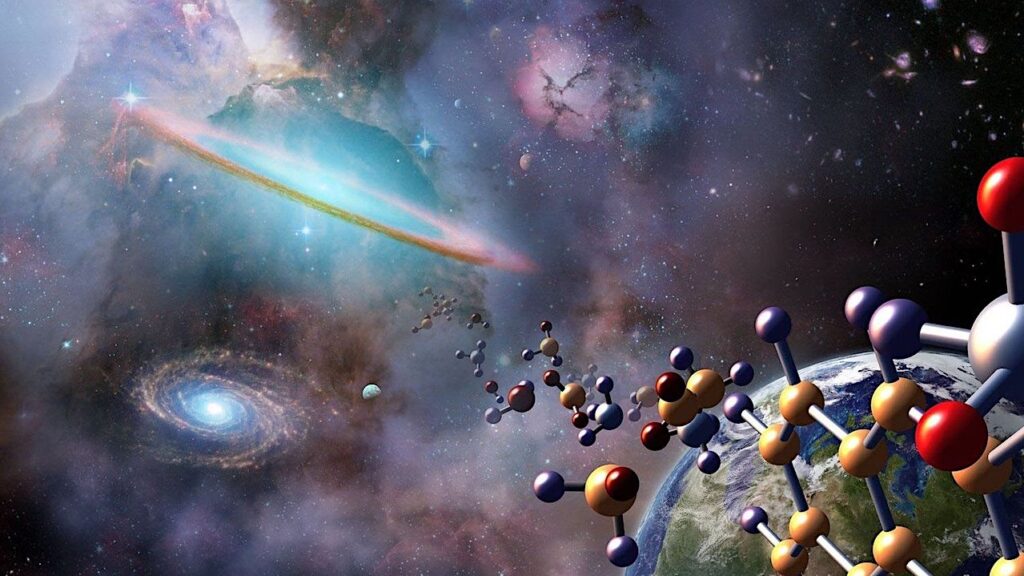First Measurement of the Chemical Fingerprint of the Smallest Aromatic Molecule

A team of astronomers from Leiden University, The Netherlands, measured the chemical fingerprint of the smallest aromatic molecule.
According to astrochemical models this molecule should be highly abundant in the universe, but because the means to identify the molecule were lacking, it was not possible to search for it in space. After a decades long search, its spectrum has finally been measured in laboratory experiments. The molecule is an important intermediate for a range of astrochemical reactions through which molecules that are important to the emergence of life form. The results are published online in The Astrophysical Journal Letters.
The astronomers determined the light spectrum of the cyclopropenyl-ion. It is the smallest aromatic molecule, and consists of a ring of three carbon atoms with each a hydrogen atom attached. This charged particle reacts easily with other atoms and molecules, and is therefore important in dozens of chemical reactions in space. Since the absorption spectrum now finally has been measured, astronomers can determine where and how abundantly these molecules appear in inter-and circumstellar gas clouds.
Lead author, Dr. Dongfeng Zhao who works at the Laboratory of Astrophysics at Leiden Observatory states: “There are only few important molecules for which chemical fingerprints are still fully lacking. The cyclopropenyl- ion can now be removed from the list.” The team had to overcome several difficulties to realize this first identification. The molecule had to be generated on the spot in a plasma expansion, where also hundreds of other species are formed. Moreover, ultra-sensitive measurements were required because the number densities are typically low.
Nonetheless Zhao and graduate student Kirstin Doney succeeded in measuring the absorption spectrum of the cylopropenyl-ion by guiding a laser beam tens of thousands times back and forth through the expanding plasma using two ultra-reflective and perfectly aligned super mirrors forming the ultimate multipass configuration. In the case of light absorption the number of passes drops and by measuring this number as a function of laser wavelength the chemical fingerprint shows up.
The cyclopropenyl-ion turns up in many astrochemical models, but it was impossible to search for it in space until now. Astronomers may now confirm the presence of the molecule by observations with infrared telescopes. Professor Harold Linnartz of Leiden Observatory: “That such an important link was found in our laboratory is a magnificent result; a new piece of the cosmic puzzle has become available. Others now face the challenge to put it in its place in space.”
Article: “Laboratory gas-phase detection of the cyclopropenyl cation (c-C3H3+)”, Dongfeng Zhao, Kirstin D. Doney, Harold Linnartz, (2014) The Astrophysical Journal Letters 791, L28. doi:10.1088/2041-8205/791/2/L28


